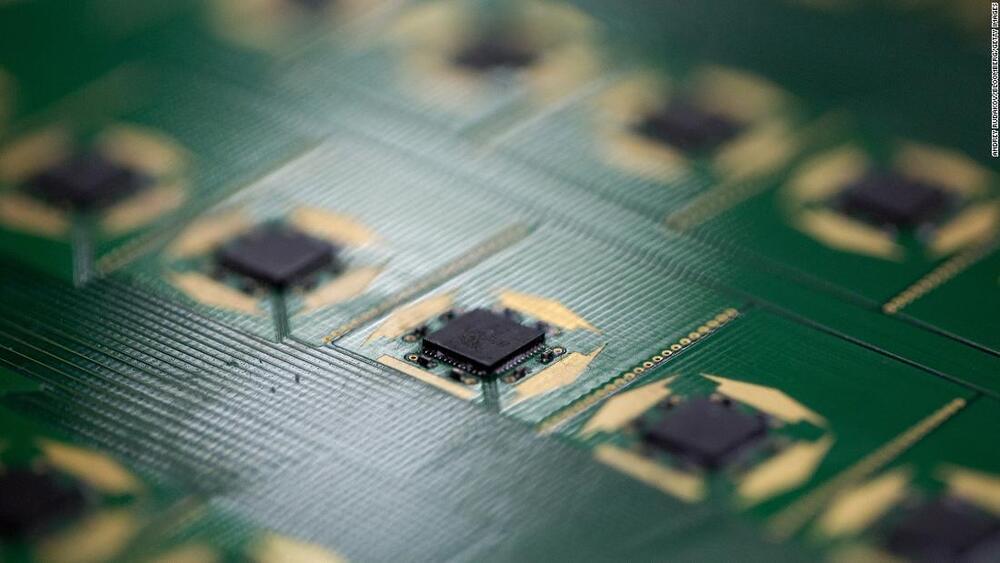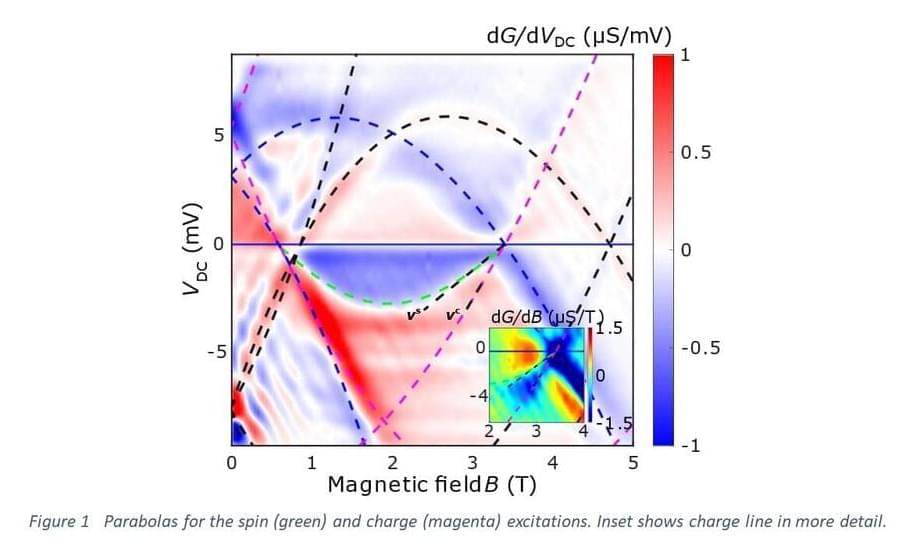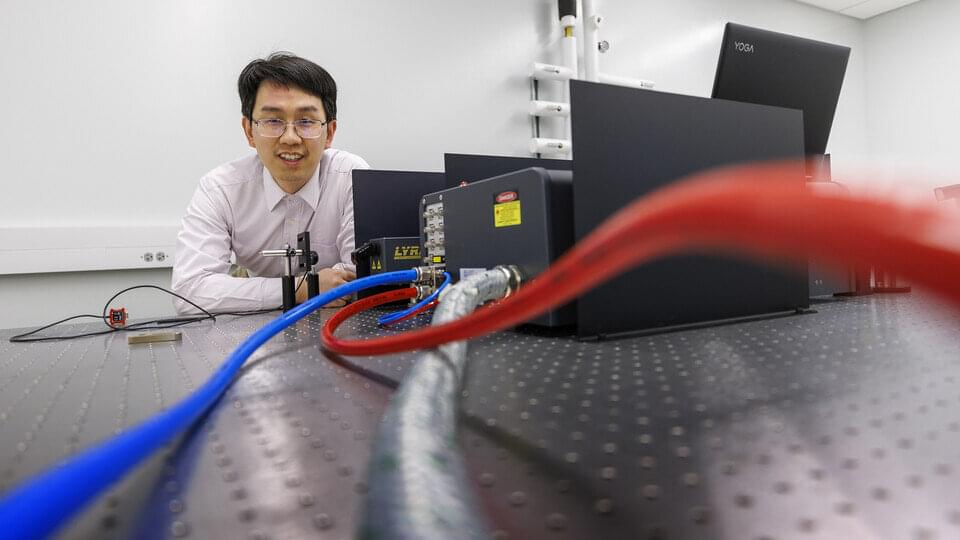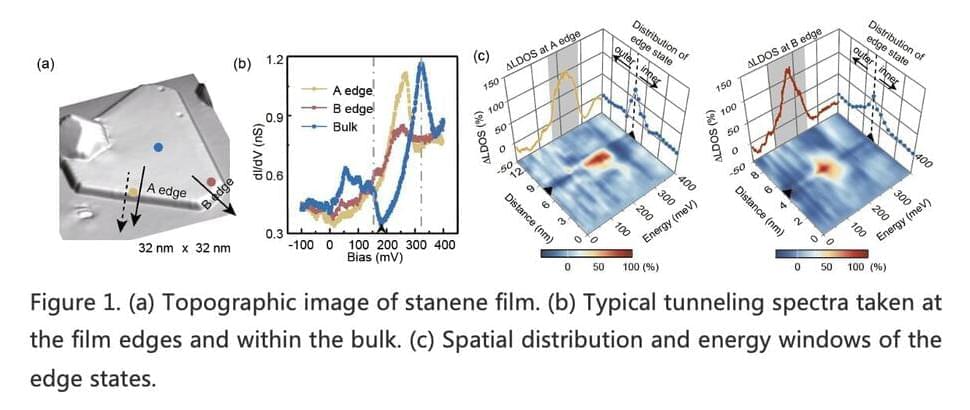The possibility also remains that if aliens are sending us, or unintentionally leaking, signals across the vast expanse of the cosmos, they may not be encoded in radio waves, but in ways that we haven’t yet developed the technology to understand.
“It wouldn’t surprise me if we were on the wrong track. If you look at the history of SETI, the original ideas proposed around 200 years ago were things like ‘let’s build some big fires on Earth’; ‘let’s have some big mirrors that reflect sunlight to the Martians’ or ‘let’s build some mile-long right-angled triangles to show aliens we know about Pythagorean Theorem,’ and now we look back and say those guys were idiots,” Werthimer said. “So, what’s to say that 200 years from now people won’t look back at us and ask why we didn’t use tachyons or subspace communication? But you’ve got to do what you know how to do.”
Despite the dispiriting likelihood that these signals have an Earthbound source, SETI astronomers are still fairly confident that we’re not alone in the universe. And that one day, we may dig up something real amid all of our own backchatter.









